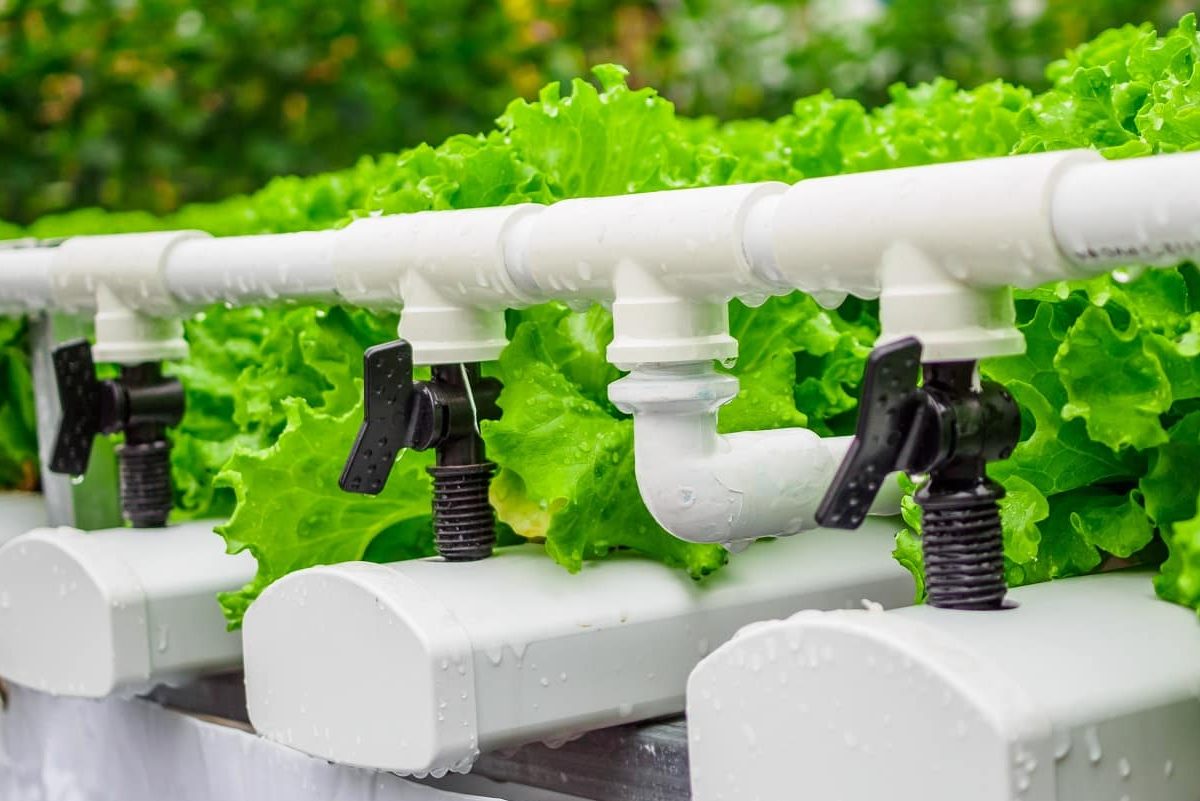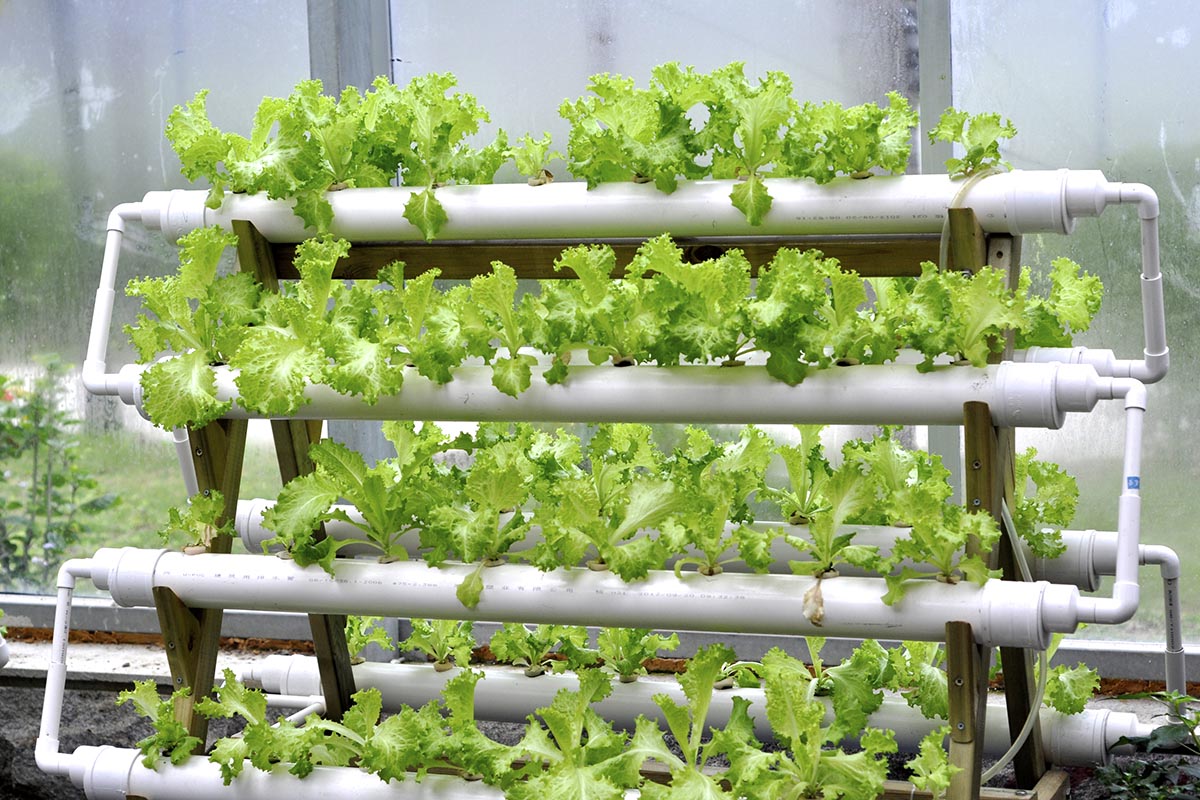Our vertical farm is not just any regular hydroponic greenhouse. With agricultural technologies and customizable greenhouse systems, you can grow vast amounts of local products in a safe, sustainable, and efficient manner.
Our Greenhouses
Our greenhouses are built to help you grow and harvest over 50 varieties of produce. We have developed vertical farming technology that can provide the ideal balance of ventilation, nutrients, moisture, and hydration. This makes it possible to grow a wide range of fresh produce, from lettuce to berries to jalapenos, that are preservative-free and non-GMO.
Our micro-climates serve as individual sanctuaries for each plant, allowing it to flourish to its highest capacity all day, every day. With all these technologies, it is possible to grow different crops without any wastage.

Scale with Zero Food Waste
The hydroponic food production technologies from our company are designed to optimize crop cycles, ranges, and production to match your specific requirements. Our method is intended to create a sustainable and efficient farm that will feed the globe on a local scale.Our vertical farms are highly modular and may be scaled to breathe new life into urban environments or reinvigorate a more rural setting.
Hydroponics may considerably cut water consumption. The majority of systems have a recirculating system in which plants absorb the water they require, and any run-off is routed back to a tank. The great majority of water taken by plants is lost through perspiration via their leaves.
Many farmers are growing vertically in addition to employing hydroponic technologies to make better use of space. Vertical systems also offer the advantage of requiring less labor. They are also ideal for use in the house; even the tiniest flat or condo can have a thriving hydroponic system.
Another advantage of a vertical hydroponic system is that we have complete control over the environment. Plants are developed in supervised hydroponic systems to meet your demands.
It is possible to change the fertilizer solution to allow the best growing conditions for plants. This results in quicker growing, larger plants. This might be difficult to optimize while growing in soil because various plants have varied needs and soil types vary substantially.

